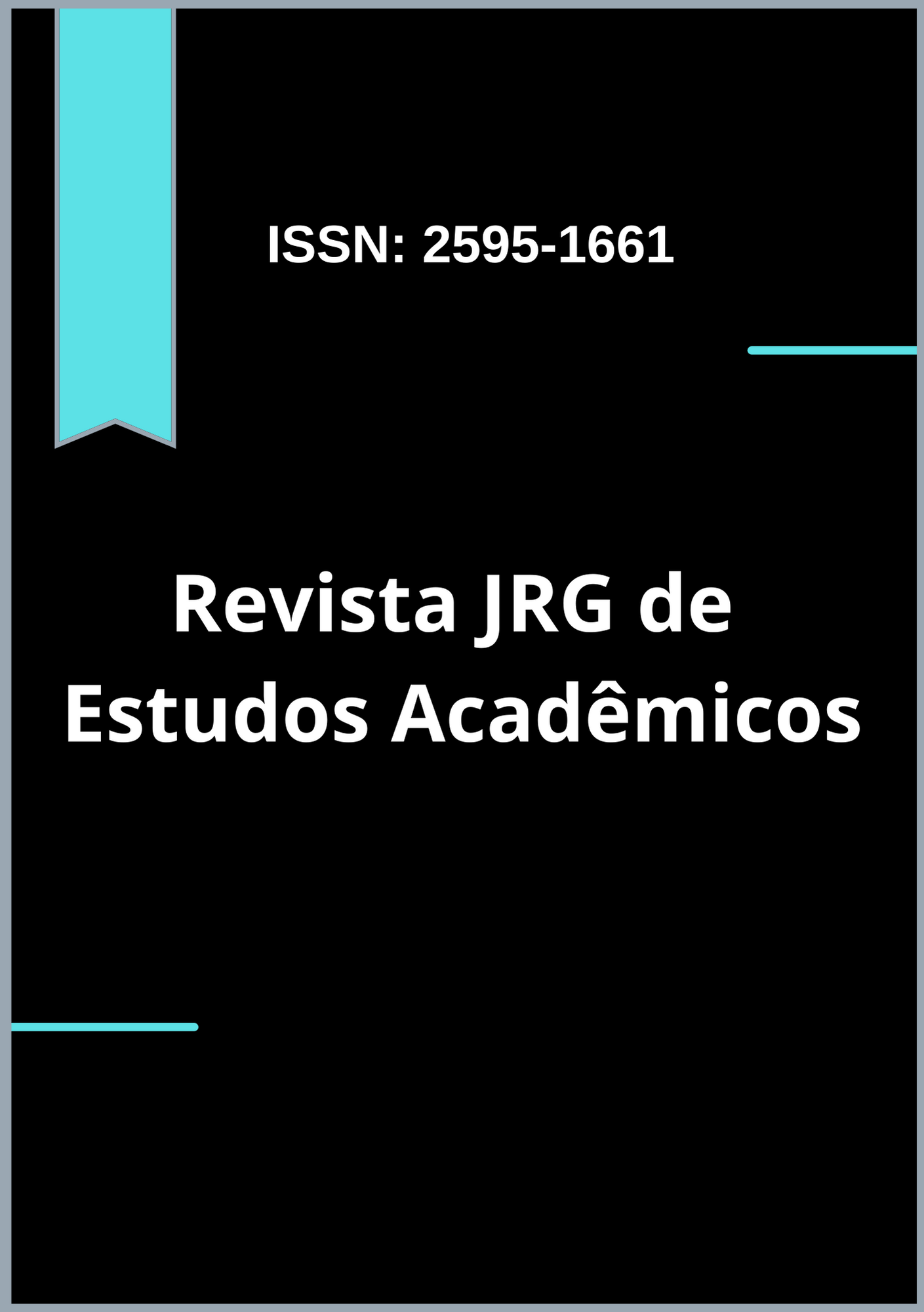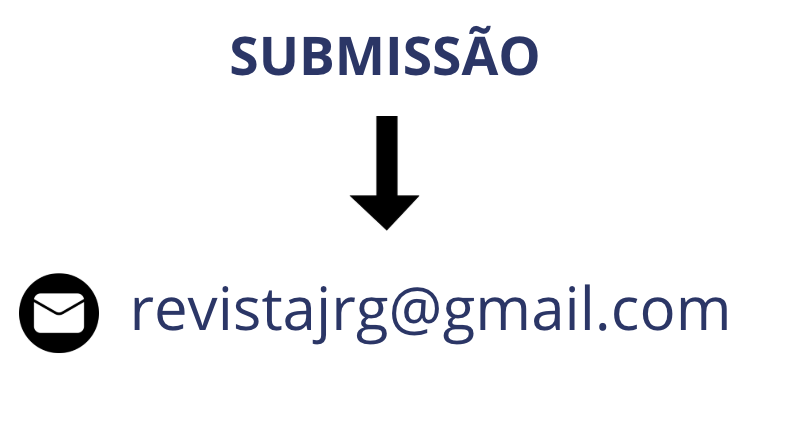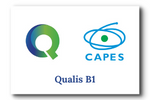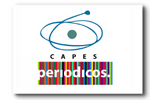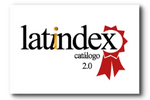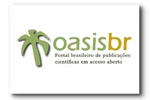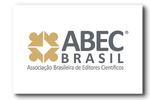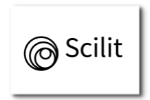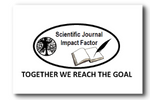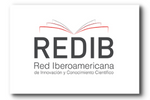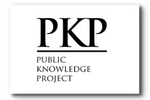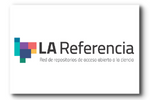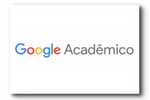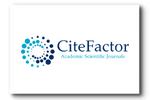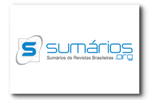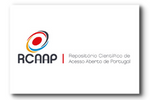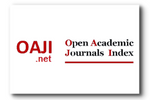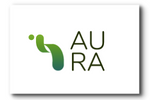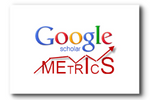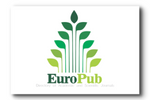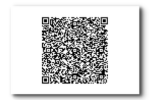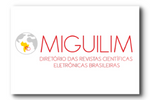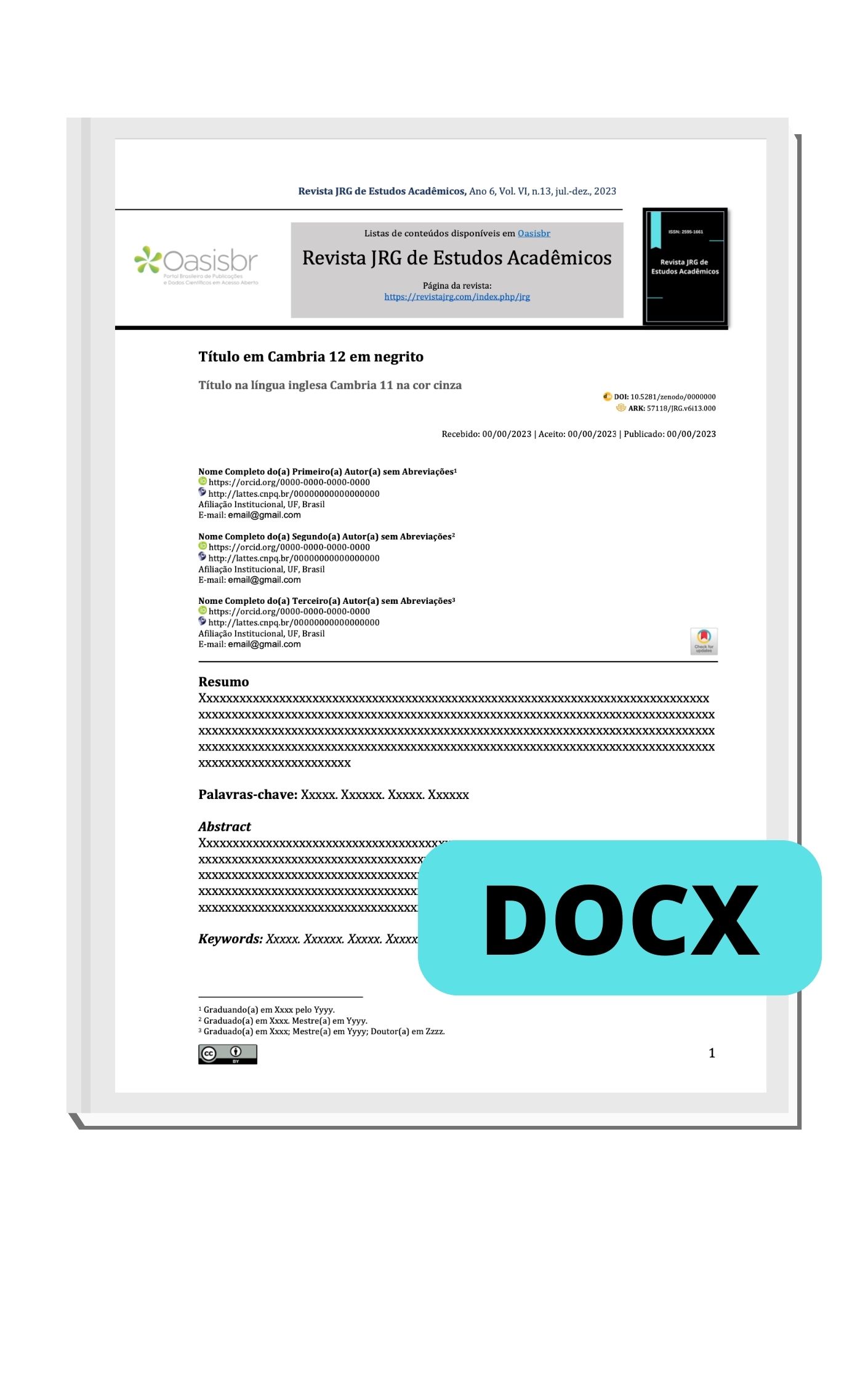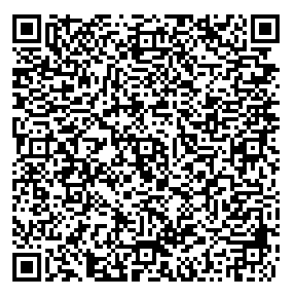Active Methodologies: A Study on the Application of Playfulness in the Teaching and Learning Process in Early Childhood Education at Prof.ª Maria da Natividade Marques Freire Kindergarten in Buriticupu Municipality
DOI:
https://doi.org/10.55892/jrg.v8i18.1897Keywords:
Active methodology, playfulness, early childhood educationAbstract
Understanding how teachers use active methodologies and playfulness to facilitate the teaching-learning process is fundamental, as this practice contributes to the integral development of students. Active methodologies emerge as a creative approach that places the student’s at the center of the learning process. Transforming the student's role from a passive receiver to an active and participatory agent within this process, in which the teacher must act as a mediator and facilitator of learning. The use of playfulness emerges as a significant strategy to engage students to actively participate in the construction and re-signification of their academic and social knowledge. Playfulness makes learning more attractive and contributes to the construction of knowledge in a pleasant and meaningful way. Playfulness is essential for the cognitive, social, and psychomotor development of children, as the playful approach promotes creativity, interaction, and socialization among students. Early childhood education should be fun and stimulating to provide meaningful learning. In other words, within active methodologies, playfulness is essential to stimulate motivation, interaction, and facilitate learning. Moreover, games can be applied practically in different areas of experience. Playfulness consists of activities such as games, playful activities, music, and stories, in which educational games, problem-solving, and case studies can be significant strategies in the teaching-learning process. Therefore, the research developed was exploratory and descriptive with a qualitative approach, aiming to know the playful methodologies used by teachers in early childhood education, which facilitate the understanding of educational content and stimulate children's interest in learning at the Municipal Creche Prof.ª Maria da Natividade Marques Freire in the Municipality of Buriticupu.
Downloads
References
ALMEIDA, Paulo Nunes de. Educação lúdica: técnicas e jogos pedagógicos. São Paulo: Loyola, 1995.
Bacich, Lilian; Moran, José; Bezerra, Alexandra, et al.: Metodologias ativas para uma educação inovadora: Uma abordagem teórico prática, (org)Bacich, Lilian; Moran, José. Porto Alegre: penso, 2018 e-pub.
BRASIL. Lei nº 9.394, de 20 de dezembro de 1996. Estabelece as diretrizes e bases da educação nacional. Diário Oficial da União, Brasília, 23 dez. 1996.
BRASIL. Ministério da Educação. Base Nacional Comum Curricular. Brasília: MEC, 2018.
GUEDES, Valdir Lamim: Metodologias Ativa: Diferentes abordagens e suas aplicações. Editora na Raiz, Cap. 1, p. 16, São Paulo 2021.
HOFFMAN, Jussara. Avaliação e educação infantil: um olhar sensível e reflexivo sobre a criança, 18 ed. Porto Alegre: mediação, 2012.
MORAIS, Sônia. CASTELLAR, Vanzella. Metodologia ativa: introdução. 1 ed. São Paulo. FTD. 2016.
ORGANIZAÇÃO DAS NAÇÕES UNIDAS. Declaração dos Direitos da Criança. 20 de novembro de 1959.
PEREIRA, Lucia Helena Pena. Bio expressão: a caminho de uma educação lúdica para a formação de educadores. Rio de Janeiro: Mauad X: Bapera, 2005, p20.
PIMENTA, Selma Garrido(org): Saberes pedagógicos e atividades docente: 8 ed. São Paulo: Cortez, 2012.
SILVA, Alexandre José de Carvalho. Guia prático de metodologias ativas com uso de tecnologias digitais da informação e comunicação. 1 ed., Lavras: UFLA,2020.
TREZZI, Clóvis; ROSA, Gabriela Rodrigues Almeida. Os ambientes educativos na creche e sua influência desenvolvimento da criança. Revista @mbienteeducação. São Paulo: Universidade Cidade de São Paulo, v. 13, n. 1, p. 176-190 Jan/Abr 2020.
DESLANDES, Suely Ferreira; Gomes, Romeu. Pesquisa social: teoria, método e criatividade. (org) Maria Cecília de Souza minayo.26 ed. Petropoles, RJ: vozes, 2007.
